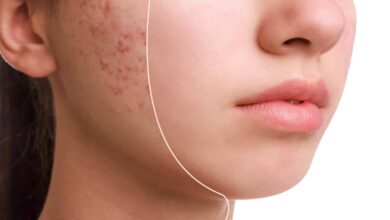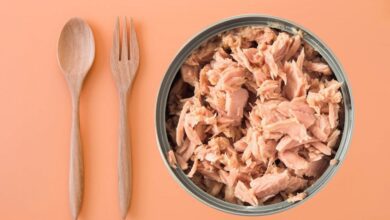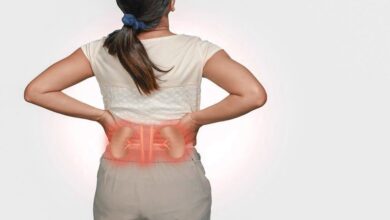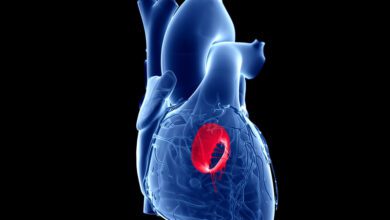Whooping cough in children and how is it treated?
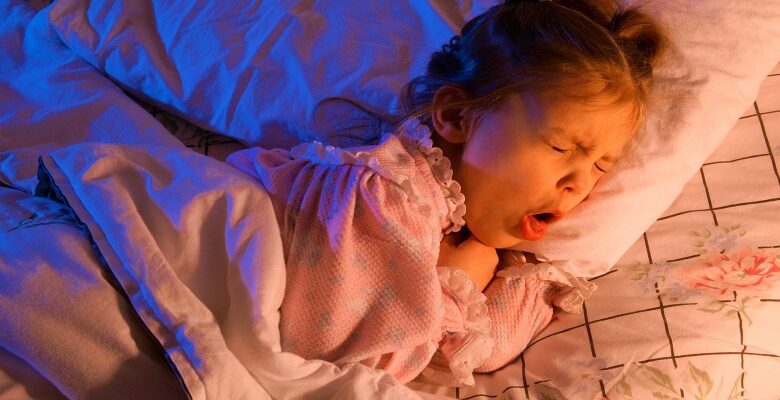
1
Whooping cough disease occurs when exposed to an acute respiratory infection, which most often affects young children, and is evident in their bodies being exposed to a low-grade fever, with increased suffering from upper respiratory infection, fatigue, loss of appetite and a cough that gets worse and becomes a persistent cough for 1 year. -2 weeks, lasts 1-2 months or more. With more clarification, today we will talk about whooping cough in children and how can we deal with it in a safe and healthy way without any complications?
Whooping cough in children
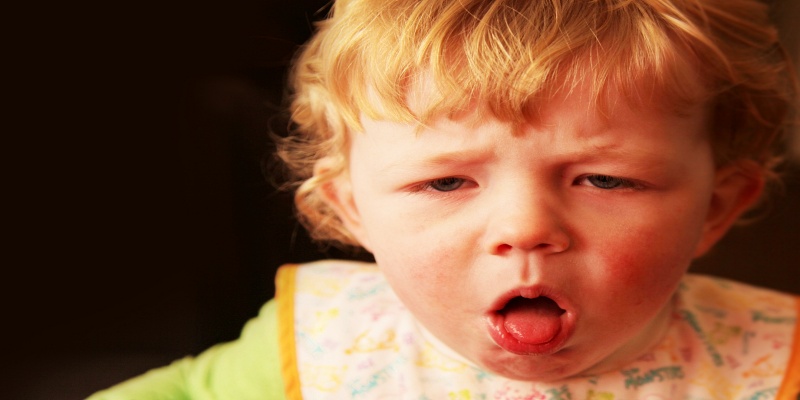

Whooping cough in children
Whooping cough is a very distinctive disease, which appears through the child coughing uncontrollably, followed by a hissing stage in breathing like a rooster, and at the end of the cough there is usually a lot of saliva and clear phlegm and then vomiting.
It is important to know that if this condition is not detected early, the disease may become more severe, causing the child to cough worse and his health to deteriorate, as prolonged coughing leads to vomiting and the inability to eat. , fatigue, watery eyes, runny nose, and exhaustion.
It is also worth noting that persistent coughing makes the child’s face red or purple, so he may suffer from respiratory failure and death due to suffocation.
What are the symptoms of a child with whooping cough?
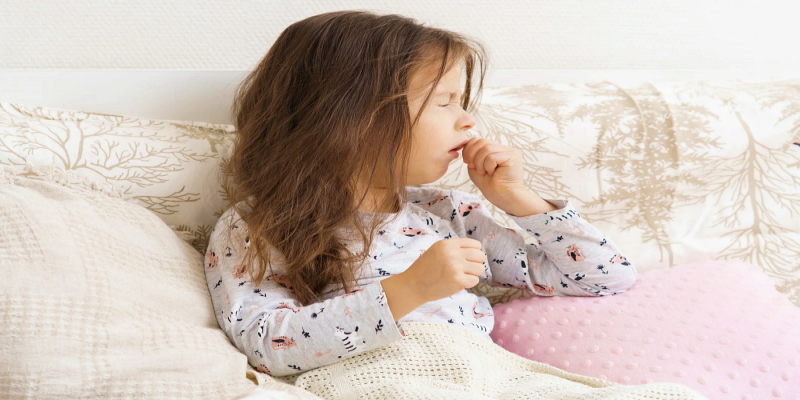

What are the symptoms of a child with whooping cough?
In general, when infected with whooping cough, children often suffer from the following symptoms:
- The child coughs continuously, and this continues for a long time.
- Vomiting after coughing or eating.
- Clear drool.
- Wheezing after every cough.
- The child is very tired and exhausted.
- Sweat a lot.
- Breathing hard.
- Undergoing blood tests that show a very high increase in white blood cells from 15,000 to 50,000/mm3, especially lymphocytes.
As for children under the age of 3 months, the matter appears clear through poor breastfeeding or artificial feeding, frequent vomiting, prolonged apnea, and pneumonia. Therefore, it is necessary to pay attention to this matter to prevent children from developing any serious health complications.
Ways to care for a child with whooping cough at home
For children with mild whooping cough, where there are few coughs and the duration of the cough is short, the child may be allowed to stay at home and be cared for as follows:
First: About the diet
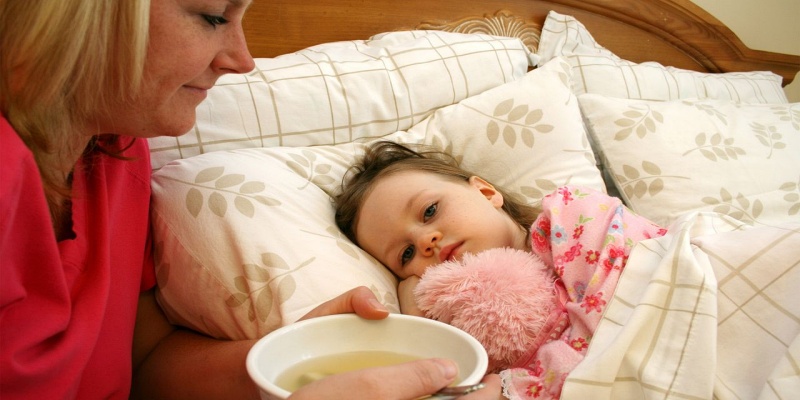

About diet
- Give the child soft and easily digestible food because during the illness stage children show a loss of appetite and are very susceptible to digestive disorders.
- Feed the child several meals during the day.
- The child should not be left to himself in the matter of eating, because then the child will not have enough energy for the body.
- It is recommended that children should be given complementary foods rich in vitamin A, zinc and iron such as beef, chicken, eggs and green or red vegetables.
- Give children fluids regularly.
As for the foods that children should avoid, we can mention the following items:
- Sugary foods because these foods will make cough much worse in children.
- Fried foods because they make the child’s stomach feel heavy.
- Foods rich in fats that cause more phlegm than usual.
Second: About the surrounding environment
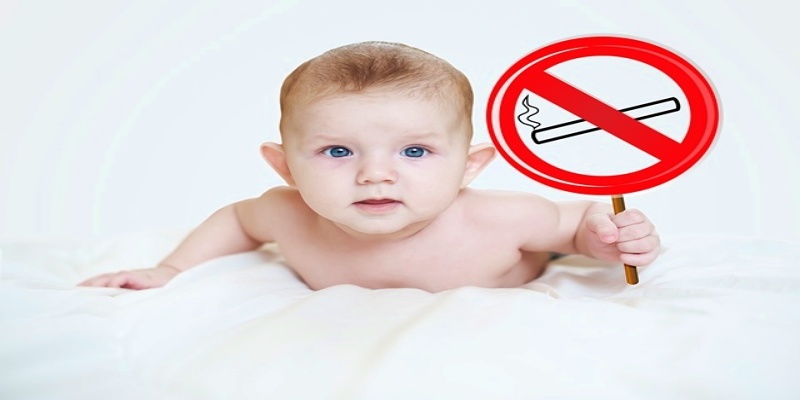

About the surrounding environment
- It is important to ensure that the child’s living environment avoids exposure to stimulants such as cigarette smoke, dust and chemicals.
- Try to provide the child with all means of comfort, calm, security and encouragement to resist the disease.
- For children who are breastfed, this must be continued normally and regularly to increase the child’s immune resistance.
- Pay special attention to the child’s hygiene, especially after every cough, as you must work to clean the phlegm from the mouth, and use a soft cloth to clean it with warm salt water. In addition to the possibility of using nasal drops if necessary, all of this must be under medical supervision.
- Isolate sick children from other children to avoid spreading the disease.
- Give the child his medication according to the doctor’s prescription.
Worrying symptoms in children with whooping cough
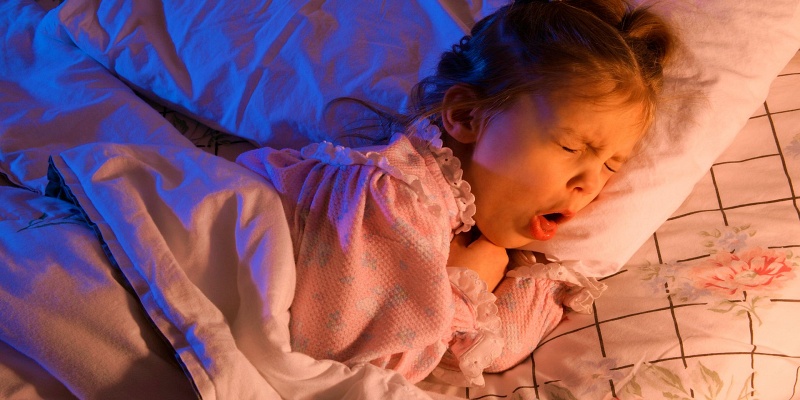

Worrying symptoms that appear in children infected with whooping cough
If a child has whooping cough accompanied by any of the following signs, it is necessary to immediately take the child to a specialist doctor:
- Continued coughing for a long period of time and red or purple color dominating the child’s face.
- Children breathe quickly.
- Children suffer from shortness of breath.
- Poor appetite and vomiting not much.
- Little and disturbed sleep.
In the end, we can say that whooping cough is an airborne disease, so the best way to protect children from it is to stay away from people who show signs of infection or suspicion. At the same time, vaccination against whooping cough for children is an effective preventive measure that should not be neglected. in it.

